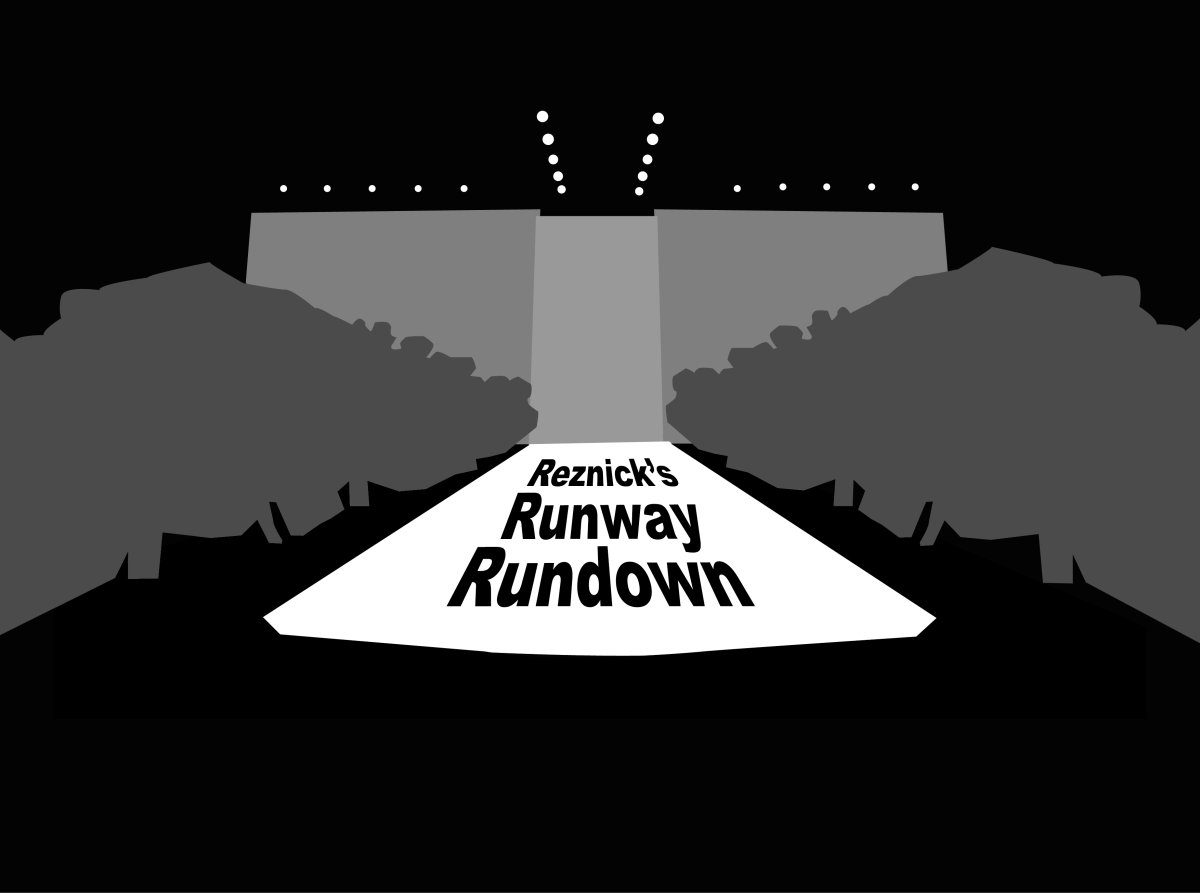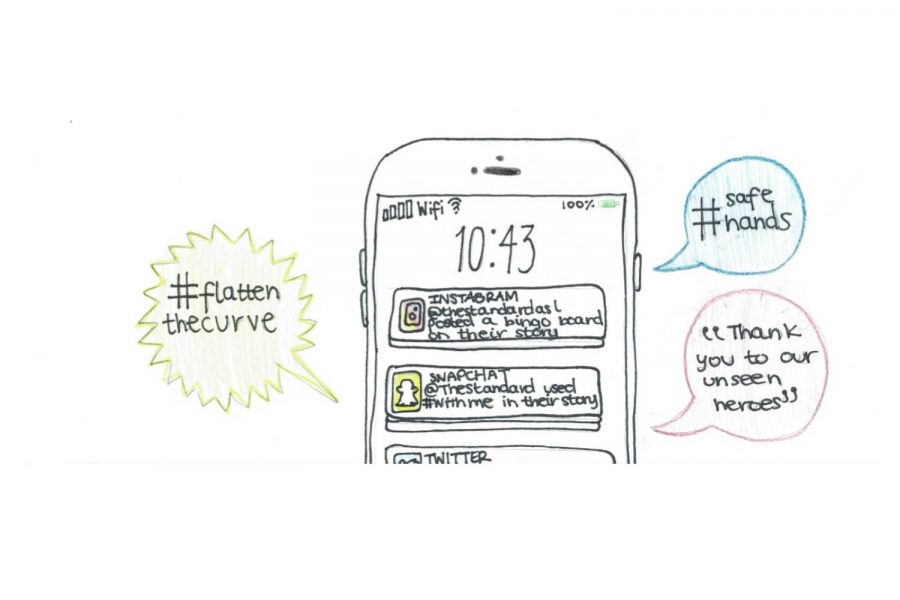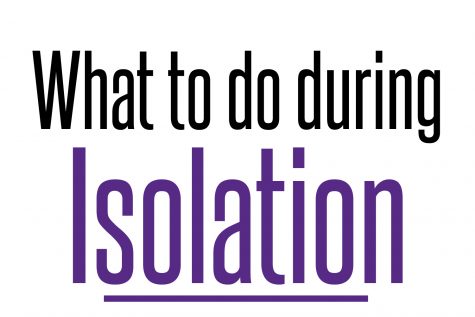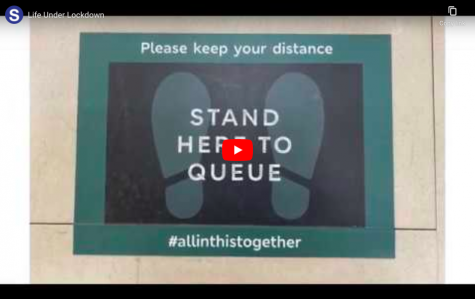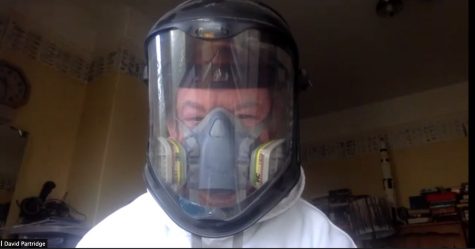Before the COVID-19 lockdown, social media platforms enabled people to maintain connections with those that they did not see every day by sharing experiences and easily communicating with others. As countries around the world have imposed lockdown measures, many have relied on digital activity to maintain relationships, ultimately transforming social media into the only method of communication and entertainment.
During a period when everyone has been physically isolated, social media has not only become the platform that allows people to remain connected from afar but has also provided distractions from the difficult reality of this time.
Social media has also become a place for people to create and promote fundraisers, convey essential information and increase activism. Some YouTubers have donated all revenue on their videos to support coronavirus charities as a way to fundraise, governments and health professionals have turned to social media platforms to share important safety advice and bust myths about the virus and many teenagers have posted TikTok videos or photos on Instagram and Snapchat that encourage activism.
Social media has been an outlet for sharing stories from quarantine, maintaining connections with friends and keeping everyone busy and entertained.
Similarly to many others in the world, over the past two months, I have filled my extra time by scrolling through TikTok, completing bingos, FaceTiming friends and watching videos of how others have been coping with quarantine. Platforms such as Snapchat, Instagram and YouTube have created a variety of new hashtags, trends and filters in response to the almost worldwide COVID-19 lockdown.
With 800 million active users according to an article by Oberlo, TikTok has become one of the most popular forms of entertainment for many students during the lockdown. I can’t seem to spend five minutes watching TikToks without seeing a video with some reference to coronavirus.
For example, I have observed other high school students posting relatable TikToks about lack of motivation, bad sleep schedules, missing social activities and their trouble completing work. TikTok users have also begun to use sounds that characterize COVID-19, convey safety tips and connect viewers through shared experiences. Every time I see one of these TikToks, it helps to remind me that we are all in this situation together.
Through the use of social media, teenagers have become united and connected, despite these unprecedented circumstances.
Snapchat and Instagram have also found fun and lighthearted ways to connect people and communities through new features and trends. Snapchat has created filters and messages that encourage people to be safe, including stickers of face masks and photo options that contain messages supporting government guidelines. “Staying at home,” “Do these five to stop the spread of coronavirus,” “Thank you to our unseen heroes” and “Celebrating graduation no matter where” are just a few examples.
These filters and messages not only encourage others to hold each other accountable for staying safe and healthy, but also spread important ideas such as social distancing, hand washing and supporting those who have friends or relatives that are sick and those that have been economically impacted by COVID-19.
Many people have also begun sharing bingos and quizzes on their Snapchat stories. These bingos allow users to cross off boxes on a digital bingo board that they then can share and compare with their friends. There are multiple types of bingos available, including “how many of these nostalgic games have you played,” “how many Disney movies have you watched,” “how many of these activities have you done while in quarantine” and “what are your favorite foods.”
In addition to the different bingos, people have begun to post “get to know me” images that ask questions about one’s life and experiences. Examples of these filters include “this or that,” “least favorites” and “have you ever.” This has been a great way to fill up my extra time and has also helped me feel more connected to my friends.
Social media has also served as a platform for activism, coronavirus fundraisers and globally recognized hashtags. Students have joined the many other users that have started to use hashtags to promote ideas such as social distancing and the Safe Hands campaign.
Some of the hashtags used include “#stayhome,” “#withme,” “#quarantineandchill,” “#safehands” and “#flattenthecurve.” Students using these newly-created hashtags is powerful, as they convey the message that every person matters in fighting this pandemic and that we should all be supporting each other through this time. This constant connectivity helps to unite everyone.
Social media has been an outlet for shariing stories from quarantine, maintaining connections with friends and keeping everyone busy and entertained. It has remained a constant reminder that we are all going through this together and need to do our best to fulfill our role in saving lives and keeping those who are vulnerable safe.
Throughout quarantine, social media has impacted the way that I communicate with friends, how I fill my free time, what I do to learn more about coronavirus and my ability to help others who are struggling. Through the use of social media, teenagers have become united and connected, despite these unprecedented circumstances.


